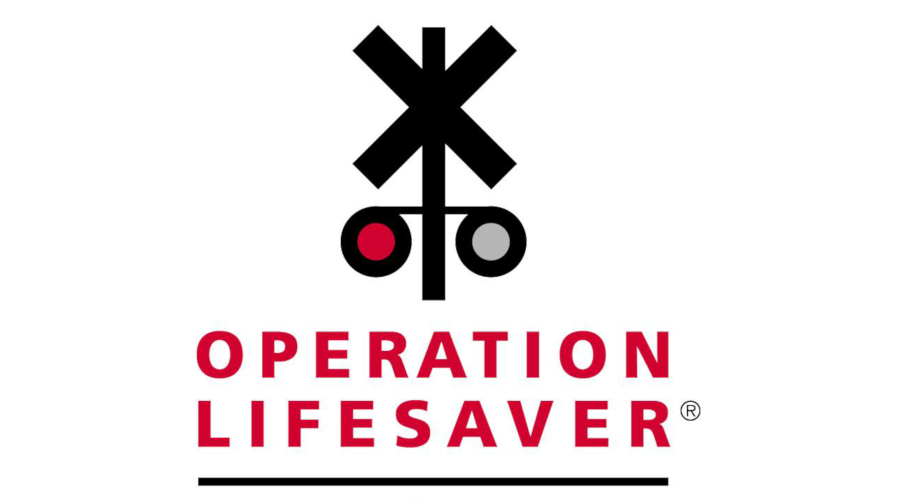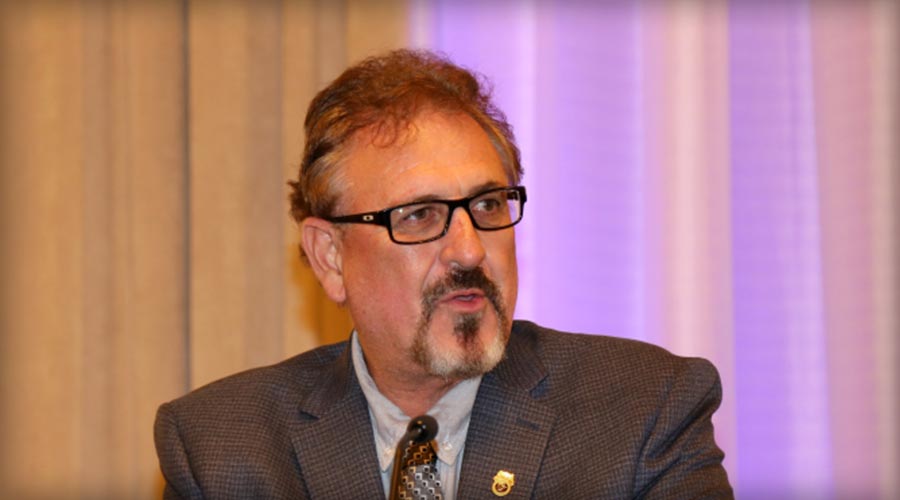Stay updated on news, articles and information for the rail industry
3/15/2016
Rail News: Federal Legislation & Regulation
AAR objects to FRA's proposed rule requiring two-person crews on most trains
The Association of American Railroads (AAR) announced yesterday that it is challenging the Federal Railroad Administration's (FRA) recently proposed regulations requiring a minimum of two crew members on board most of the nation's trains.
The FRA's rule would require two crew members on most trains, except for those that pose little safety risk to rail employees, the general public or the environment, according to the proposal.
The proposed rule also establishes minimum requirements for the roles and duties of the second train crew member on a moving train.
Association of American Railroads President and Chief Executive Officer Ed Hamberger said there is no safety case to be made for the new rule, especially as railroads roll out their positive train control (PTC) safety systems.
"Worldwide, trains safely operate with one person in the cab, including here in the United States with passenger and commuter trains and some short line freight railroads," said Hamberger in a press release. "Major European railway systems running many mixed freight and passenger trains per day have safely implemented single-person train crews."
Hamberger also noted that Class Is already operate with two people in the cab and will continue to do so for trains running on mainline track not equipped with PTC. When fully operational, PTC — a crash-prevention technology system mandated by Congress — will be in place for 60,000 miles out of the nation's 140,000-mile freight system.
"PTC is designed to provide continuous monitoring of train operations to protect against human error in controlling train speeds and movements," he said. "This is exactly the kind of safety redundancy through technology for which the FRA has long advocated."
Hamberger also questioned why the FRA has proposed the requirement, when it acknowledged that it has not been tracking the safety of the few railroad operations that use one-person crews and has no "reliable or conclusive statistical data to suggest whether one-person crew operations are generally safer or less safe" than trains with multiple crew members on board.
"Coming from an administration that champions smart, data-driven regulations, it is inexplicable how this proposal was approved by the President's Office of Management and Budget," Hamberger said.
However, the FRA said it has studies that show the potential safety benefits when a second crew member is on board.
The FRA is seeking written comments within 60 days after the proposed rule is published in the Federal Register, which is scheduled for today.


 2025 MOW Spending Report: Passenger-rail programs
2025 MOW Spending Report: Passenger-rail programs
 Gardner steps down as Amtrak CEO
Gardner steps down as Amtrak CEO
 Guest comment: Oliver Wyman’s David Hunt
Guest comment: Oliver Wyman’s David Hunt
 Women of Influence in Rail eBook
Women of Influence in Rail eBook
 railPrime
railPrime







